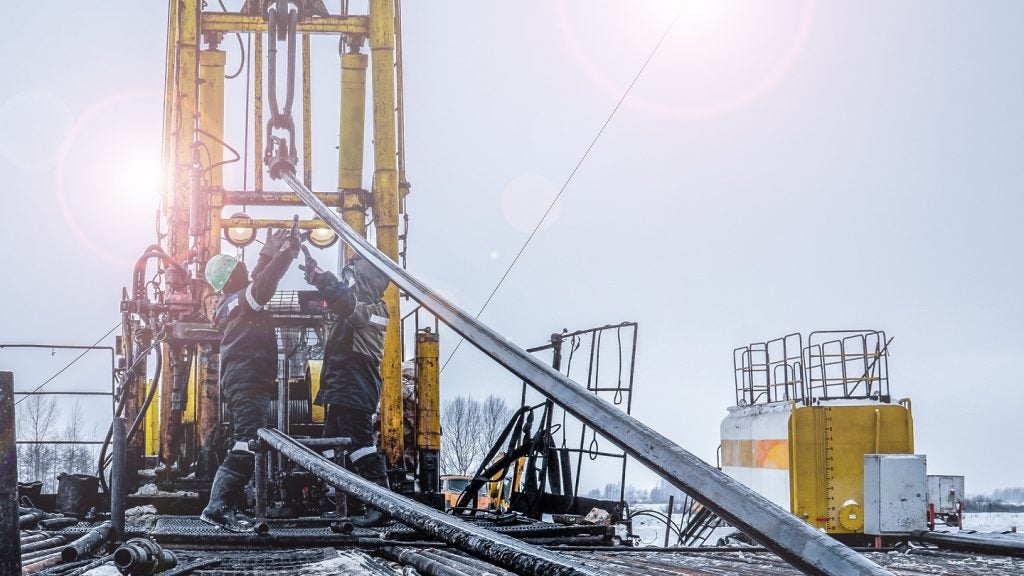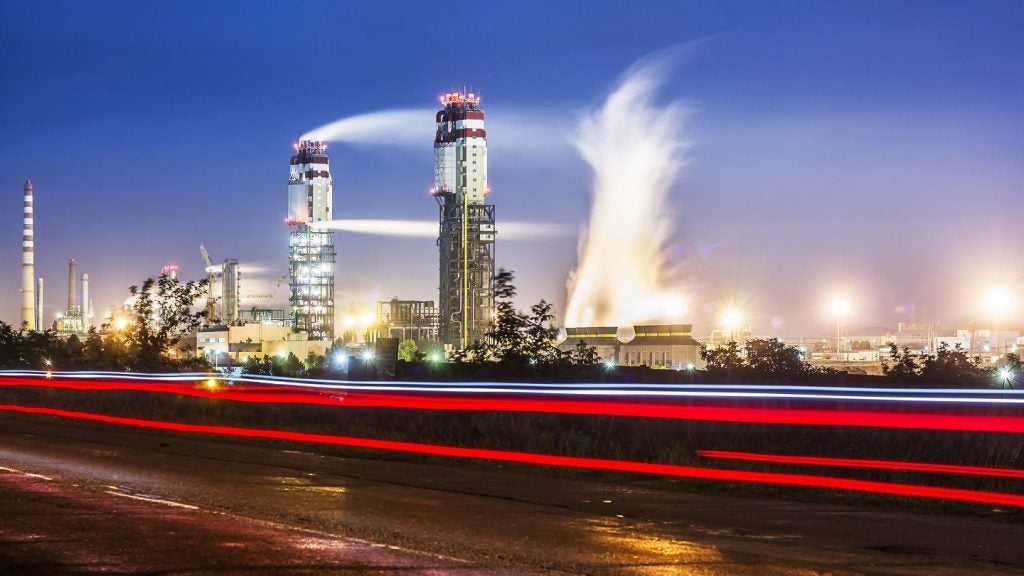SABIC Agri-Nutrients Al-Jubail Complex is an active petrochemical complex located in Eastern Province, Saudi Arabia. According to GlobalData, who tracks more than 13,000 active and developing petrochemical plants worldwide, the complex started commercial operations in 1993. The plants are operated by SABIC Agri-Nutrients. Buy the profile here.
Key products capacity - SABIC Agri-Nutrients Al-Jubail Complex, 2022
Key products produced in this complex include urea, and ammonia.
Urea accounts for the majority of the total annual capacity of the complex, followed by ammonia.
About SABIC Agri-Nutrients
SABIC Agri-Nutrients Co (SABIC Agri-Nutrients), formerly Saudi Arabian Fertilizer Co, is a subsidiary of Saudi Basic Industries Corp. It is a petrochemical company that carries out the production, conversion and manufacturing, marketing, and trade of fertilizers inside and outside of Saudi Arabia. The company’s products include urea, ammonia, and a comprehensive portfolio of nitrogen-based inorganic products. It produces its products through urea and ammonia plants in Jubail. It offers urea in solid, prilled and granulated form. The company’s ammonia is used as an intermediate raw material for the production of urea, phosphatic/nitrogen fertilizer, caprolactam, acrylonitrile, tanneries, explosive-grade ammonia nitrate, liquid fertilizers and melamine. It exports its products to various countries in Asia-Pacific, North America, Africa, Europe and South America. SABIC Agri-Nutrients is headquartered in Jubail, Saudi Arabia.
For more details on the SABIC Agri-Nutrients Al-Jubail Complex, buy the profile here.
Data Insights
From

The gold standard of business intelligence.
Blending expert knowledge with cutting-edge technology, GlobalData’s unrivalled proprietary data will enable you to decode what’s happening in your market. You can make better informed decisions and gain a future-proof advantage over your competitors.






